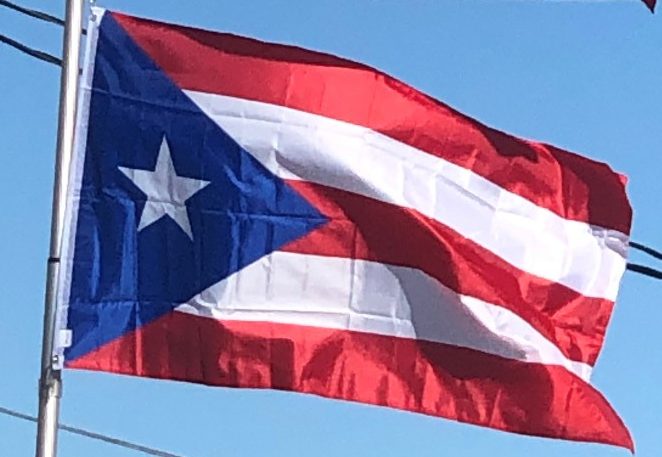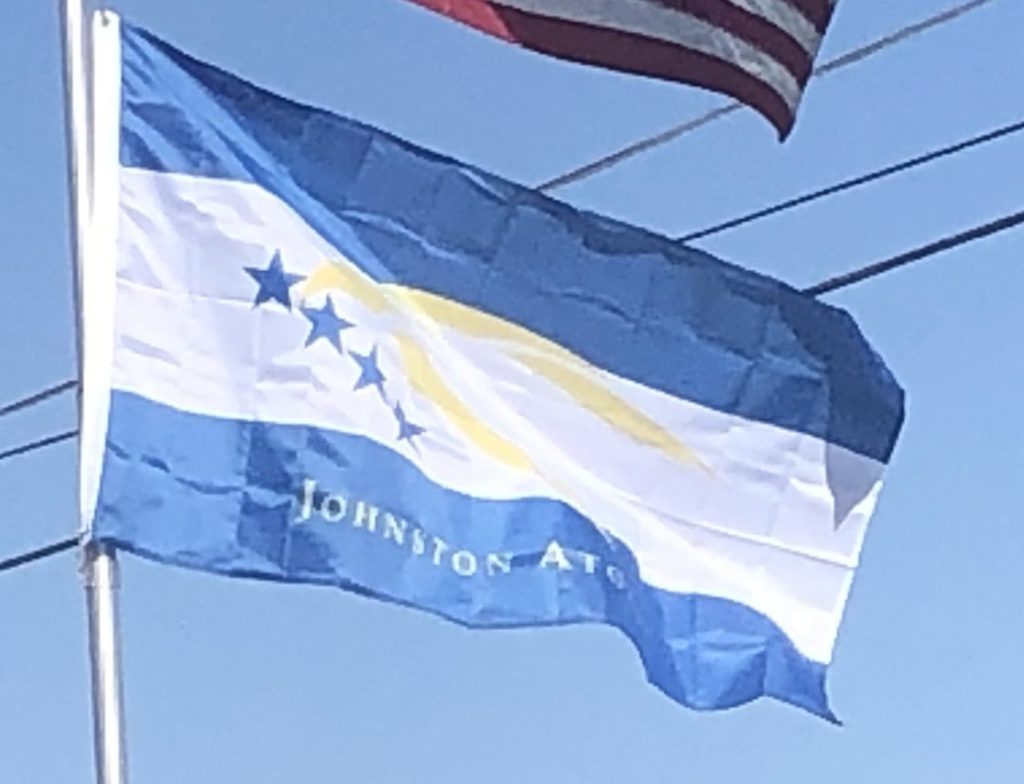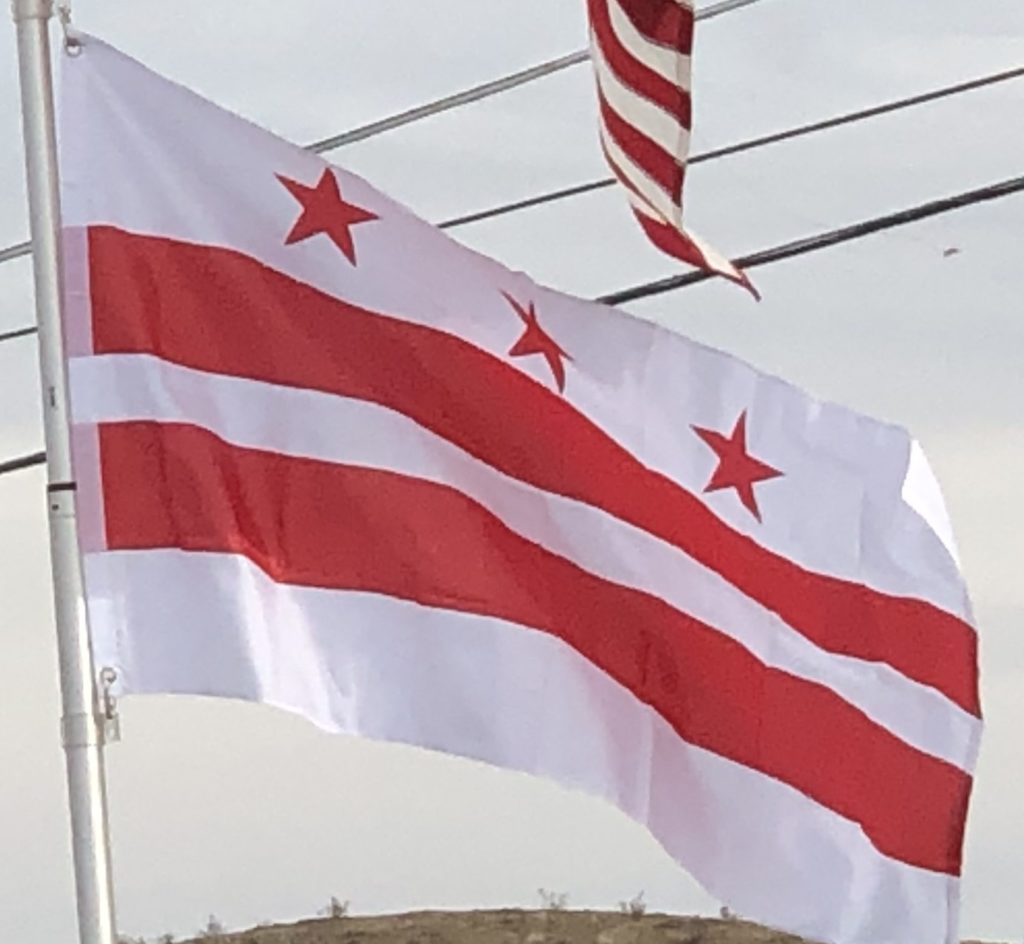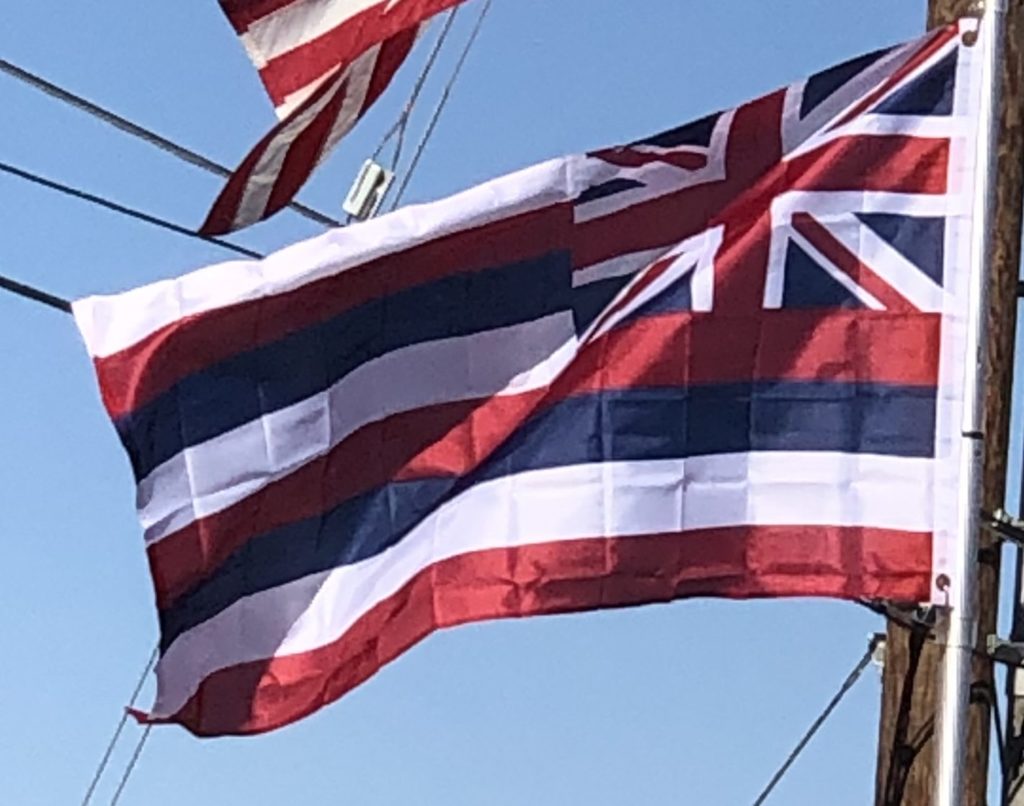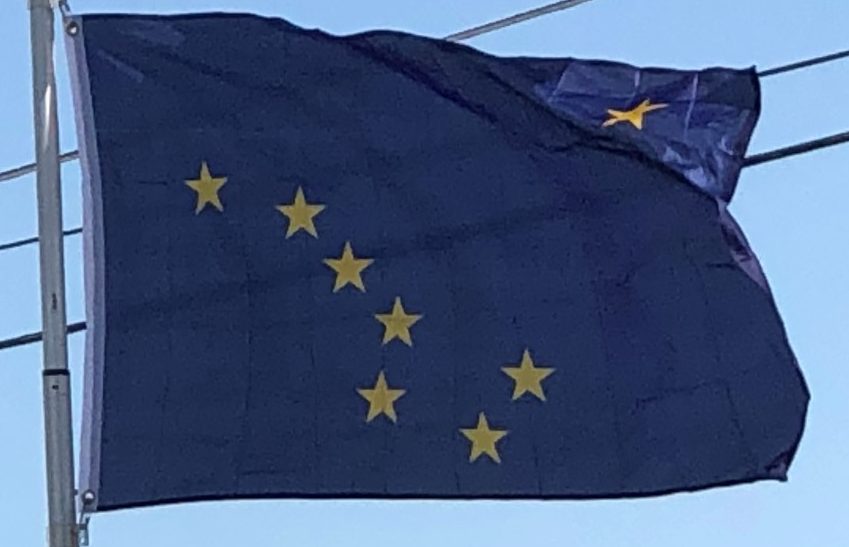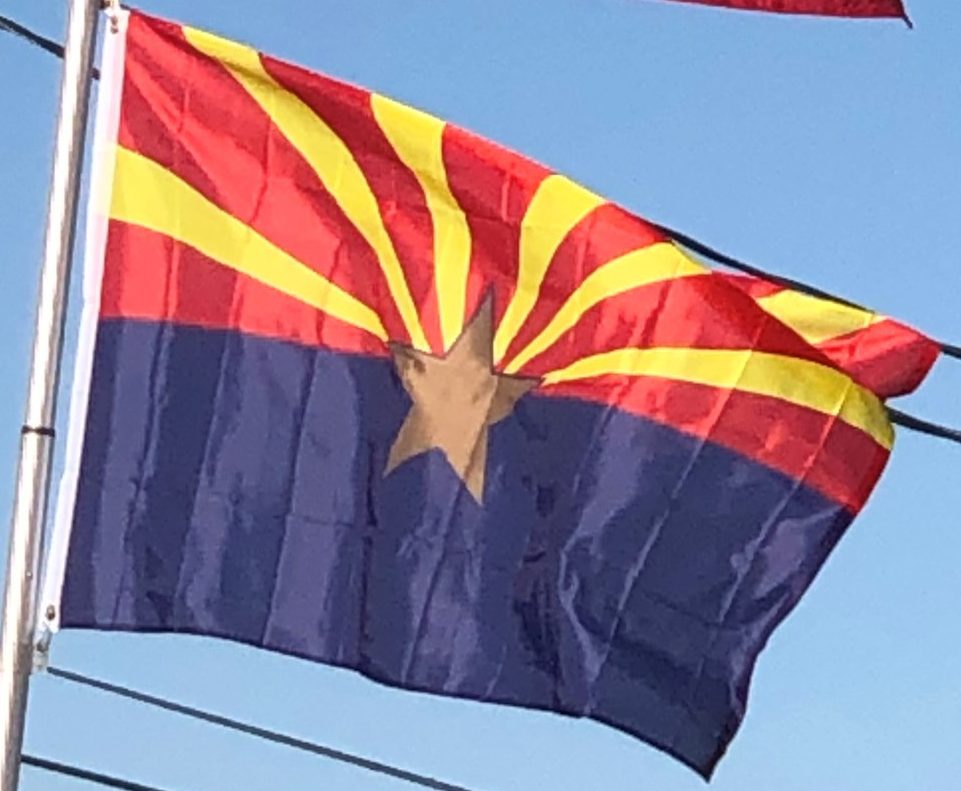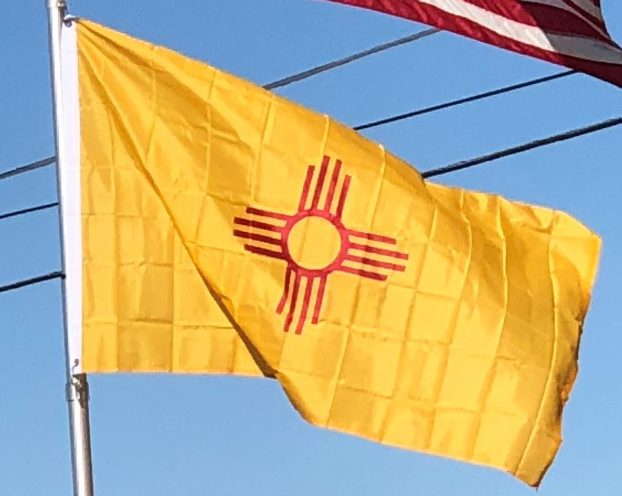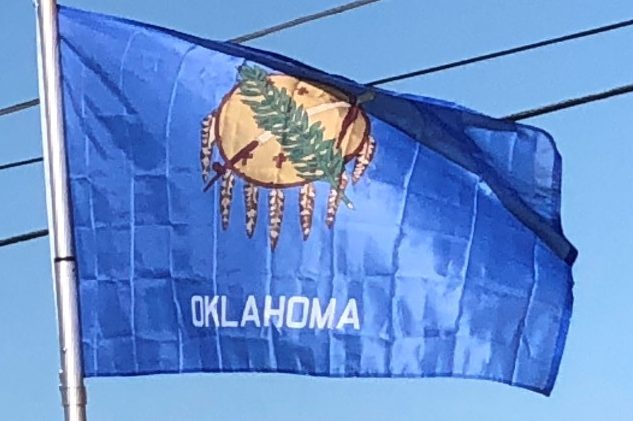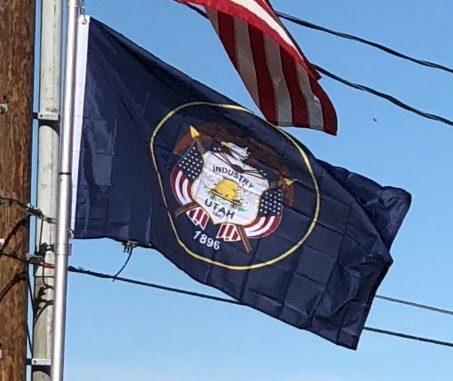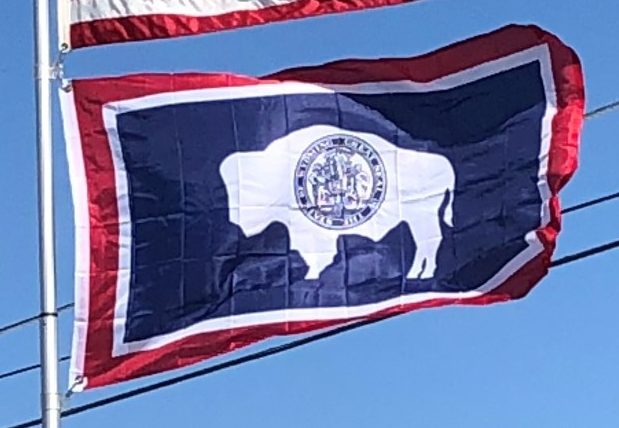Puerto Rico – The Island of Enchantment
Juan de Mata Terreforte, an exiled veteran of “El Grito de Lares” and Vice-President of the Cuban Revolutionary Committee, in New York City, adopted the flag of Lares as the flag of Puerto Rico until 1895, when the current design, modeled after the Cuban flag, was unveiled and adopted by the 59 Puerto Rican exiles of the Cuban Revolutionary committee. The new flag, which consisted of five equal horizontal bands of red (top and bottom) alternating with white; a blue isosceles triangle based on the hoist side bears a large, white, five-pointed star in the center, was first flown in Puerto Rico on March 24, 1897, during the “Intentona de Yauco” revolt. The use and display of the Puerto Rican flag was outlawed and the only flags permitted to be flown in Puerto Rico were the Spanish flag (1492 to 1898) and the flag of the United States (1898 to 1952).
